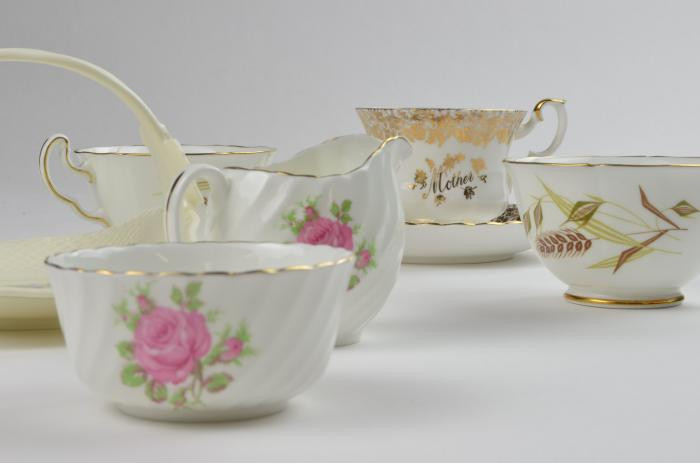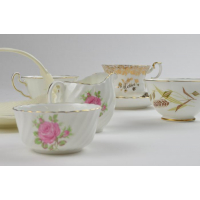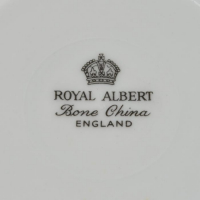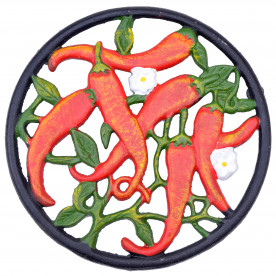
If you are a collector of China then you most certainly have been in contact with Bone China. But what is Bone China actually? Simply put its a type of China created from a Porcelain that contains Bone Ash and other materials.
Bone China was created in the early 1790's by Josiah Spode who was an English Potter. He further developed a formula originally created by Thomas Frye. Josiah's formulation included 6 parts bone ash, 4 parts china stone and 3.5 parts china clay. The bone ash is created from cattle bones because they have a lower content of iron. This formula is still used as the base for all bone china. Josiah also had great success with his pottery company “Spode” that he founded in 1767 which is still a popular brand.

Bone China is so popular because it is very strong, has a high chip resistance, high whiteness levels, high translucency and can be produced thinner than other variations of porcelain. The strength and chip resistance makes this type of China perfect for tableware and dinnerware. Although Bone China is nice because of these traits, it's harder to work with than other porcelains because it has a smaller vitrification range and a lower plasticity. This extra effort that goes into creating Bone China is why you will usually find a higher price tag with this type of China.

How do you identify bone china? Well a lot of bone china is marked but markings wear away over time and some makers just may not have marked some pieces. If you remember one of Bone China's traits is it's high translucency, this comes in handy when identifying pieces. If you can hold the china up to a light and see your finger or hand behind it, it's most likely bone china!
Popular Makers of Bone China Include:
Spode - England
Royal Albert - England
Lenox - American








